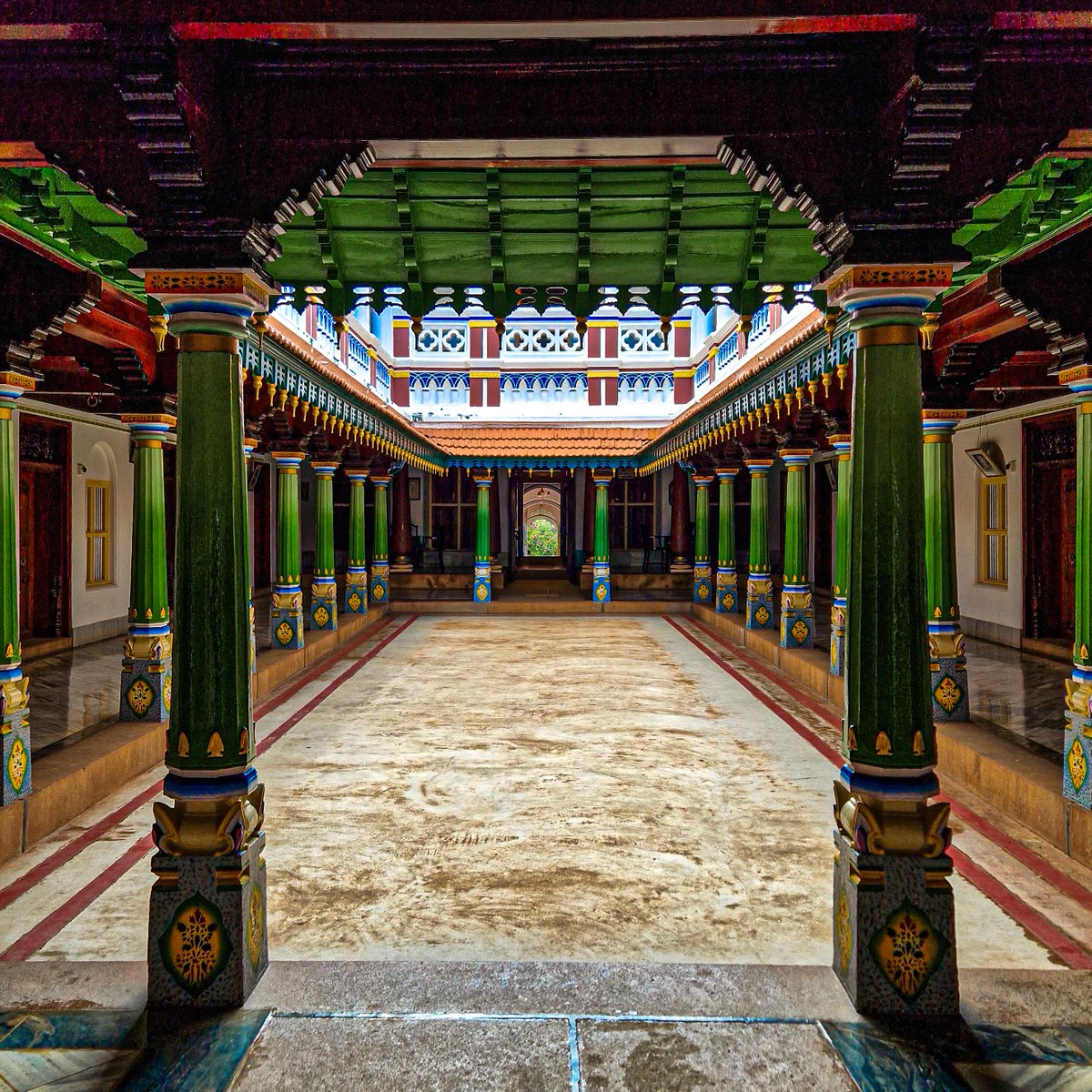
Historian, Author and Film Maker based in Delhi/London
Columnist at @archdigestindia
Shattered Lands Out Now! https://t.co/4zzZriMmal
How to get URL link on X (Twitter) App


 As the steel frame of the empire collapsed, the Mughal General of Gujarat, Bahadur Khan Babi, suddenly found himself struggling against an invasion by the Maratha Gaekwad Dynasty.
As the steel frame of the empire collapsed, the Mughal General of Gujarat, Bahadur Khan Babi, suddenly found himself struggling against an invasion by the Maratha Gaekwad Dynasty. 

 For a hundred years, the Tamil Chettiar community were the single most important financiers in the whole of South East Asia, essentially setting the foundations of microfinance in the region.
For a hundred years, the Tamil Chettiar community were the single most important financiers in the whole of South East Asia, essentially setting the foundations of microfinance in the region. 

 Taken to England as a political hostage, Duleep Singh became Queen Victoria's godson, and converted to Christianity around the same time.
Taken to England as a political hostage, Duleep Singh became Queen Victoria's godson, and converted to Christianity around the same time.

 With that one tablet, they proved the language and belief system of the Rig Veda were already well established by 1350 BC.
With that one tablet, they proved the language and belief system of the Rig Veda were already well established by 1350 BC. 

 The historic Hindu and Jain temples in the Indian capital are probably my favourite hidden gems in the city.
The historic Hindu and Jain temples in the Indian capital are probably my favourite hidden gems in the city. 

 Conscripted as a military slave, things weren't looking good for Tima Bhatt, who now took the name Malik Hasan Bahri.
Conscripted as a military slave, things weren't looking good for Tima Bhatt, who now took the name Malik Hasan Bahri.

 The Kushans (30-375AD) are an empire that few people have heard of today.
The Kushans (30-375AD) are an empire that few people have heard of today. 

 Born with the name 'Chapu" in Har into Ethiopia's Oromo tribe, Ambar was "captured as a boy and sold to an Arab for twenty ducats."
Born with the name 'Chapu" in Har into Ethiopia's Oromo tribe, Ambar was "captured as a boy and sold to an Arab for twenty ducats." 

 Shuja's parents, Shah Jahan and Mumtaz Mahal, are buried in the Taj Mahal, and the Tomb of Shujas wife shows the same aesthetic attention to detail.
Shuja's parents, Shah Jahan and Mumtaz Mahal, are buried in the Taj Mahal, and the Tomb of Shujas wife shows the same aesthetic attention to detail. 

 Most pilgrims were heading to a Maratha temple dedicated to Shiva and Ashwathhama. What's most remarkable, however, is what's on top.
Most pilgrims were heading to a Maratha temple dedicated to Shiva and Ashwathhama. What's most remarkable, however, is what's on top. 

 The reason it was so Impregnable was that it's builders (either the Rashtrakutas or the Yadavas) had excavated the walls of the fortress away, transforming it into a giant Shiva lingam.
The reason it was so Impregnable was that it's builders (either the Rashtrakutas or the Yadavas) had excavated the walls of the fortress away, transforming it into a giant Shiva lingam. 

 Its a fascinating symbol of Ellora' global past, and in my opinion the Turkish Embassy should get involved to help restore it. It's a fascinating symbol of Turkish-Indian ties.
Its a fascinating symbol of Ellora' global past, and in my opinion the Turkish Embassy should get involved to help restore it. It's a fascinating symbol of Turkish-Indian ties.

 Indeed since the late 15th century, this fabled fortress had lain at the beating heart of the Qutb Shahi Sultanate, an Indian kingdom that ruled over all the known diamond mines in the world.
Indeed since the late 15th century, this fabled fortress had lain at the beating heart of the Qutb Shahi Sultanate, an Indian kingdom that ruled over all the known diamond mines in the world. 

 Until twenty years ago, they were largely unknown. But today scholars regard them as among the earliest masterpieces of Islamic art in the region
Until twenty years ago, they were largely unknown. But today scholars regard them as among the earliest masterpieces of Islamic art in the region 